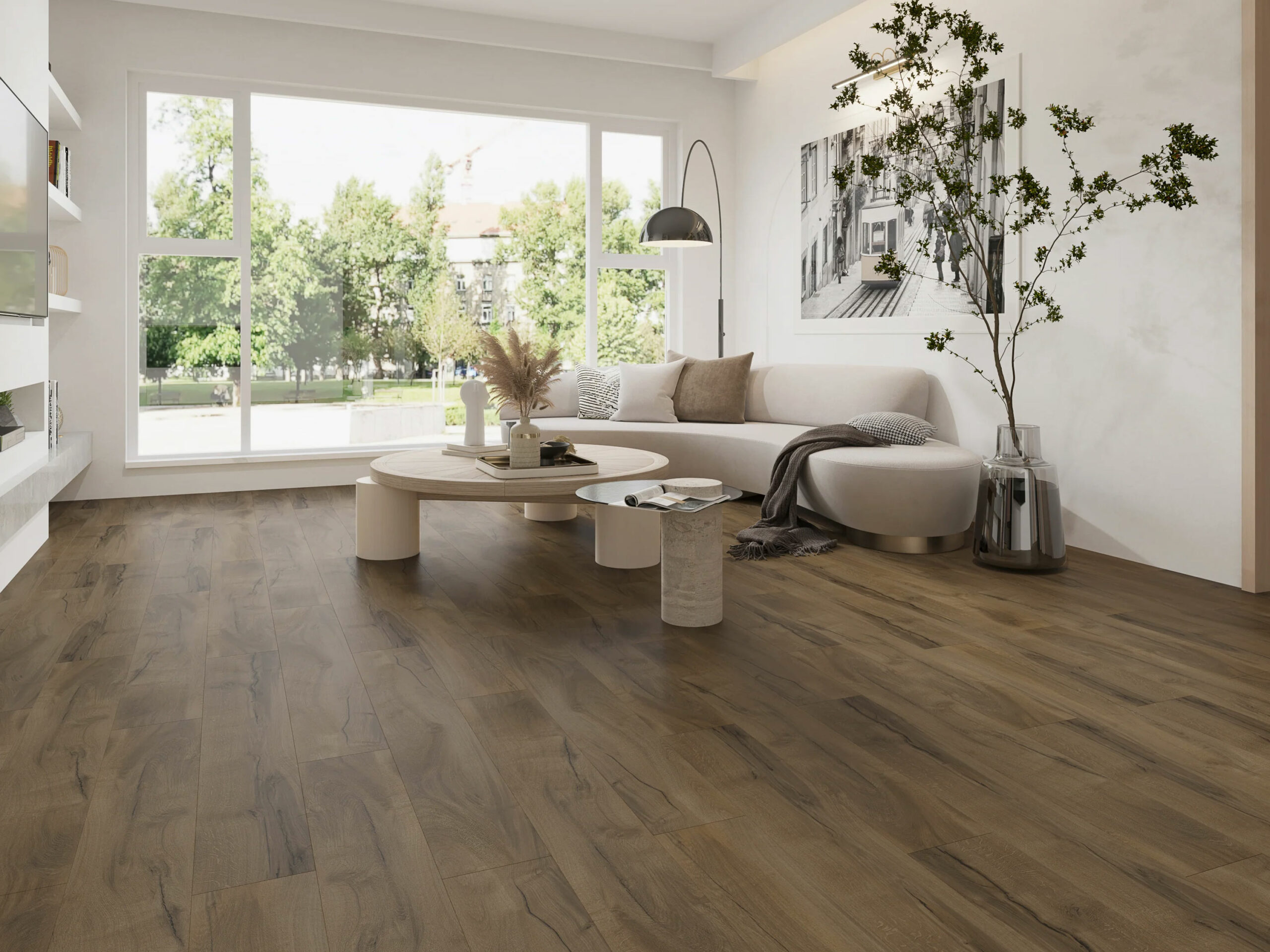Underfloor Heating System and Subfloor Preparation

Underfloor Heating System and Subfloor Preparation
Due to its advantages, underfloor heating is increasingly chosen as the primary heating system for apartments, houses and large facilities like sports halls and public buildings.
It enjoys a well-deserved reputation thanks to:
- Improved heating efficiency, as the entire floor functions as a radiator.
- Better, even temperature distribution throughout the room.
- Significant heating cost savings during the autumn and winter seasons.
- Enhanced comfort by ensuring better room functionality and usability.
Preparing the Subfloor for Underfloor Heating System
To enjoy an efficient floor heating system, certain principles must be adhered to from the design and installation stages, particularly during the subfloor preparation phase.
Preparing the subfloor for floor heating is crucial for ensuring the system’s proper functionality. This requires meticulous planning and adherence to specific rules to guarantee economic and efficient operation while maintaining a comfortable indoor temperature. The preparation steps will depend on the chosen system type, its installation method, and the subfloor’s condition.
Dry/overlay and Wet/screed Underfloor Heating Systems: Subfloor Preparation
Generally, there are two types of floor heating systems (excluding electric systems): dry -overlay and wet – screed systems. Despite some technological differences and nuances within each group, their subfloor preparation guidelines share several common features.
In both systems, it is essential that the subfloor is dry and free of dust and contaminants, as otherwise, the system’s efficiency can be compromised.
Cleaning the Subfloor Before Installing Underfloor Heating System
Before beginning installation, the subfloor condition should be thoroughly inspected to determine its suitability for floor heating. It must be stable, level, dry, free of cracks, properly levelled, sturdy, and clean. If the subfloor doesn’t meet these criteria, additional repairs may be necessary.
The preparation includes cleaning the subfloor of dust, debris, plaster remnants, mortar, small stones, and other contaminants. Uneven areas should be smoothed, and cracks filled. If unevenness exceeds 2-3 mm, levelling compounds or boards should be used.
Thermal Insulation for Underfloor Heating Systems
Before installing the floor heating system, thermal insulation should be applied to prevent heat loss through the floor. This can include polyethylene foam mats or specialized plastic films. Insulation installation must follow the manufacturer’s guidelines.
Subfloor for Dry/Overlay Underfloor Heating Systems
A dry floor heating system does not require a concrete screed, significantly reducing installation time. This system is characterized by lower thermal inertia, a thin profile, and a lightweight design, making it suitable for wooden houses, attics, buildings with low load-bearing ceilings, and retrofits where floor heating wasn’t initially planned.
During installation, an insulating board is laid to distribute heat evenly. Pipes carrying heated water are then installed on this board. Pipe layout should be uniform, with minimal gaps between them to ensure even heat distribution.
Screed for Wet Floor Heating Systems
For wet systems, after applying thermal and moisture insulation, a screed layer is laid, serving as both a support and an insulator. Heating pipes are then installed (in a loop or serpentine pattern), evenly spaced and not too close together. After a leak test, the pipes are covered with another layer of anhydrite or cement screed.
Once the screed has dried sufficiently, the heating system undergoes a gradual heat-up process to eliminate any residual moisture. Only after thorough drying can the floor finish be installed.
Summary
Subfloor preparation for both dry and wet floor heating systems requires precision and care. Proper insulation and evenly spaced pipes are key to ensuring the system’s efficiency and safety.
